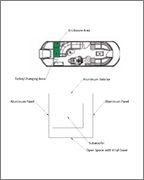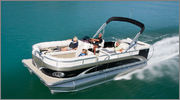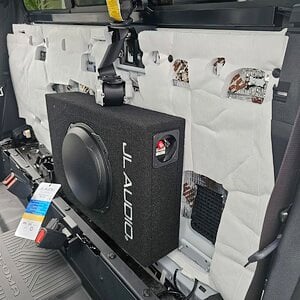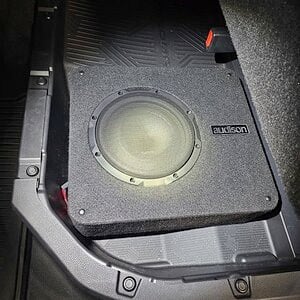OP
jonathanengr1 10+ year member
Member
- Thread Starter
- #16
I'll tell you what... I need a new computer. AutoCAD crashed so I'll have to redo the drawing... take just a few mins. Yup--that's the bad thing about my setup... not much I can do about that. I thought about mounting the subs separately but wiring them parallel--one in the front and one in the back under the seats. It's tight... only 11" clearance, but it could work. However, the seats are framed with aluminum (but MUCH thicker), so it could still be an issue... maybe???
I just like the space that it's in because it's essentially wasted space. It's made for storage, but since I had the toilet installed in front of the storage space, I can't really get to it. Thus, might as well make use of it somehow!
I just like the space that it's in because it's essentially wasted space. It's made for storage, but since I had the toilet installed in front of the storage space, I can't really get to it. Thus, might as well make use of it somehow!




